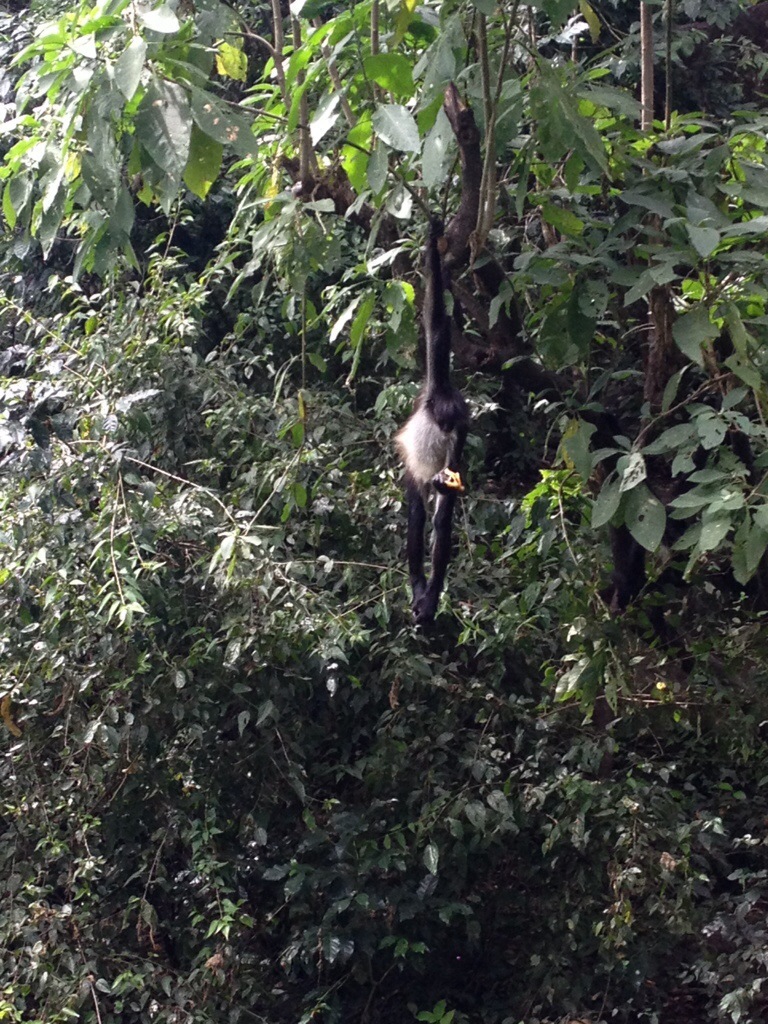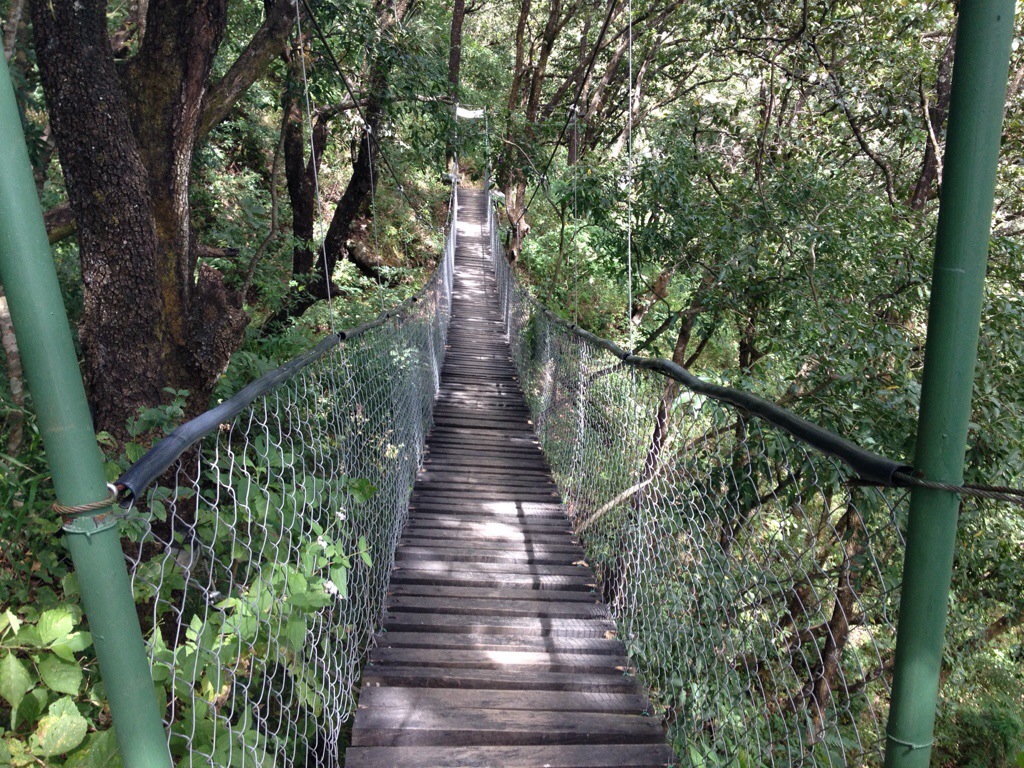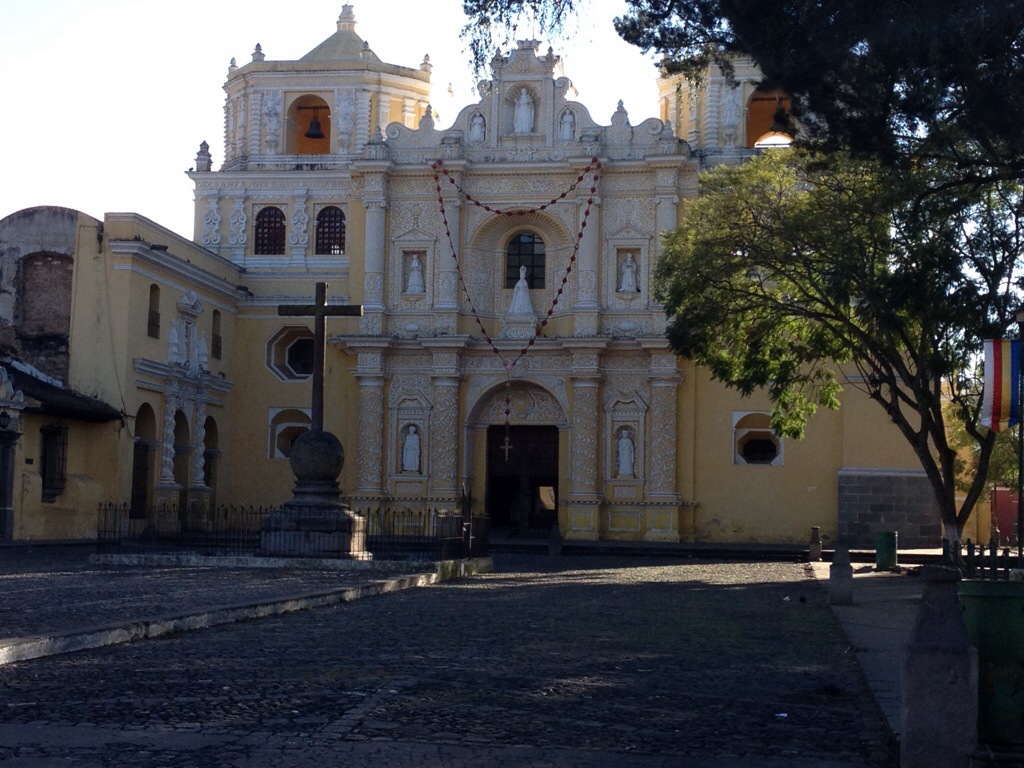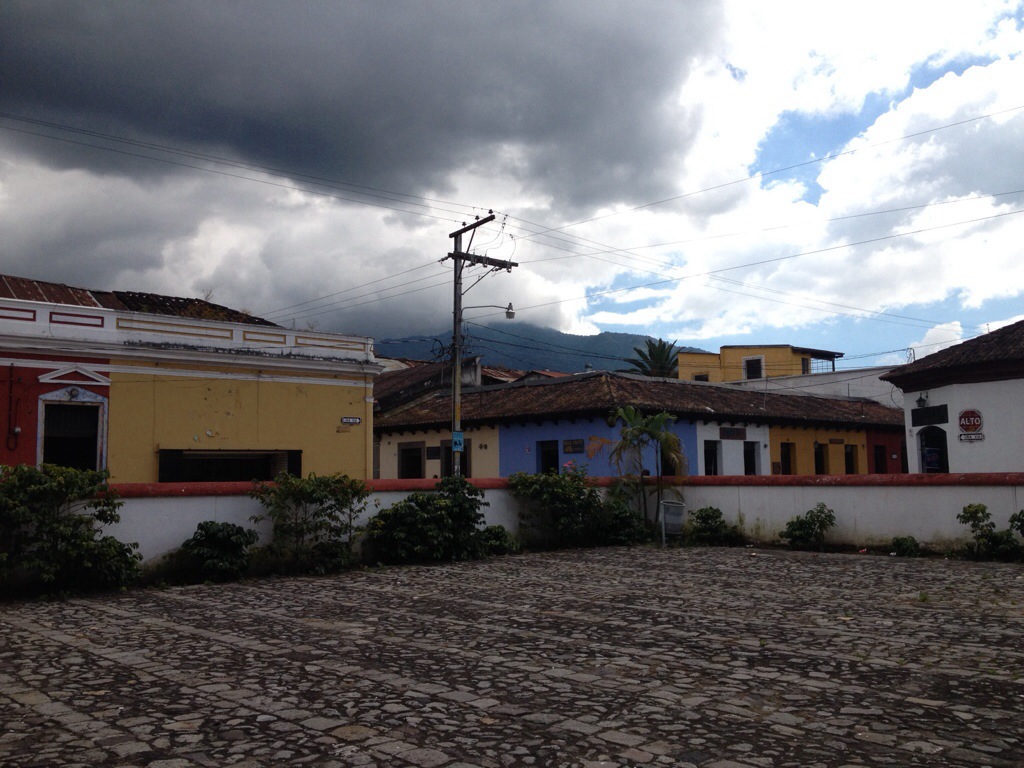Throughout my travels, I have occasionally had to cope without running water. While I knew intellectually that this was a daily reality for billions of people on the planet, it was never part of my reality growing up in the suburbs of one of Canada’s largest cities.
The first time I experienced a lack of running water was on a trip to Guatemala in November 2013. I was staying for a few weeks in Antigua, a popular town about an hour from Guatemala City. I was staying with a local family in a relatively nice house in the centre of the town. One day, I woke up to find that we couldn’t take a shower that morning and all the public toilets had been closed.
I learned throughout the day that the city’s running water would periodically shut off. In fact, one restaurant with a private water tank took advantage of the business opportunity and began charging nearly $2 U.S. to use their bathroom. At the time I found the experience extremely frustrating — mostly because I have the tendency to use the bathroom multiple times throughout the day, but by the evening running water had returned and I promptly forgot about.
My next experience living without running water was on a trip to Colombia in December 2015 and January 2016. I had the chance to travel to Colombia’s La Guajira desert to film a video project. The desert’s barren landscape runs along Colombia’s northern tip — even running alongside the Caribbean Sea in places, including backpacker hotspot Cabo de la Vela.
For my trip, I spent four days going through the desert in a jeep. I was travelling with three Colombians and a Spaniard. One of the Colombians, a member of the Wayuu people, acted as our guide – directing us through desert roads, and translating from the local language to Spanish as we came across indigenous settlements.
I will discuss the trip in another post, but for this post the thing I will say stood out to me the most, was the day our guide took us to the top of a sand dune near her childhood village of Puerto Estrella. There she pointed at a large section of dried mud and explained that until recently the area had been a freshwater lake: the main source of water for the community. Now, the area hadn’t seen rain in more than two years, so it had dried up.
Later that night, as we stayed at her cousin’s house, I went into their bathroom to find all the regular fixtures in place, but all the pipes disconnected. Instead, the family collected water from a well and stored it in a large plastic drum. That moment made me realize the devastating effect that climate change was having on the area. Up until recently the family had enjoyed all the conveniences of modern life – a flushing toilet, washing machine, regular running water for showers. Now, their lives had returned back to the way their grandparents had lived: pumping water and using a bucket of water for daily needs.
I have read about similar situations happening in many places around the world. I hope one day to document it. Unfortunately, my Spanish was not good enough at the time to engage in a thorough discussion with my host family about the realities of their life. But one day I hope to return.
My most recent experience was during a visit to an Ameridian village in Guyana. Within the village, each home has its own water pump to access a well. Every morning, they go out and pump water into a bucket for showers, washing dishes or cooking. Drinking water comes from a tank of collected rain water passed through a carbon filter.
As I pumped water every morning for my bucket cold shower, I got through by thinking about how great it would feel when I returned to the city with my hot shower in my apartment.
I’m sharing these experiences because they stuck with me and remind me how precious water is. Unfortunately, I used to have the bad habit of wasting water with half-hour long hot showers. Nowadays, I try to limit my consumption. I’m hoping these experiences help you do the same.

 My journey to the Lake started at about 7:30 Saturday morning, when I left my home-stay and walked to a local bakery that also organizes shuttles to the lake. The shuttles are white vans that can sit up to 14 people even though there are only 12 seats. Fortunately we only had 10 people in the van so everyone had a seat. We quickly realized though that seatbelts were wishful thinking. We managed to get the shuttle for 130 Quetzales each for the return trip, so about $15.50 USD or $7.25 each way.
My journey to the Lake started at about 7:30 Saturday morning, when I left my home-stay and walked to a local bakery that also organizes shuttles to the lake. The shuttles are white vans that can sit up to 14 people even though there are only 12 seats. Fortunately we only had 10 people in the van so everyone had a seat. We quickly realized though that seatbelts were wishful thinking. We managed to get the shuttle for 130 Quetzales each for the return trip, so about $15.50 USD or $7.25 each way.






